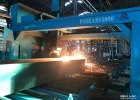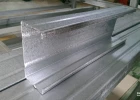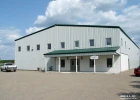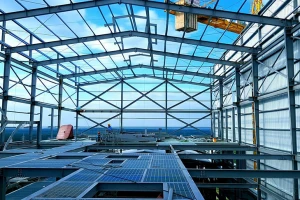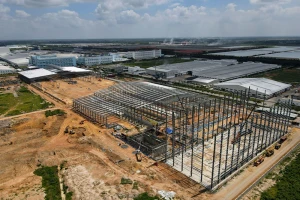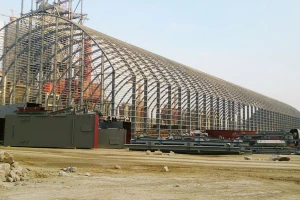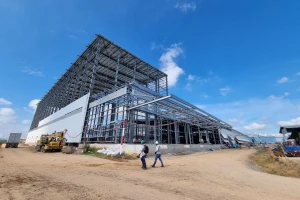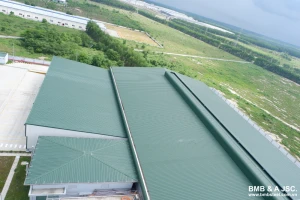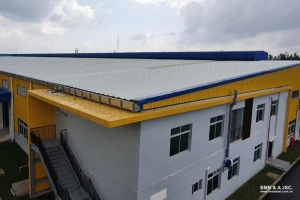Sustainability certifications that are relevant for steel structures
In an era where environmental concerns are at the forefront of global consciousness, the construction industry plays a crucial role in embracing sustainable practices. As steel structures continue to be a popular choice for various building projects, it becomes imperative to ensure their compliance with sustainability standards. This article aims to explore the sustainability certifications that are relevant for steel structures.
1. Sustainable steel structures
Sustainability has always been a priority in the construction industry worldwide. A steel building can be considered sustainable based on several aspects. First of all, it does not require a huge amount of material, energy, and space during construction and in use. Secondly, it does not deteriorate under the attack of different factors, such as harsh weather, terrain, disasters, and so on. Finally, it can be reused and recycled and does not cause the environment huge pollution after use.
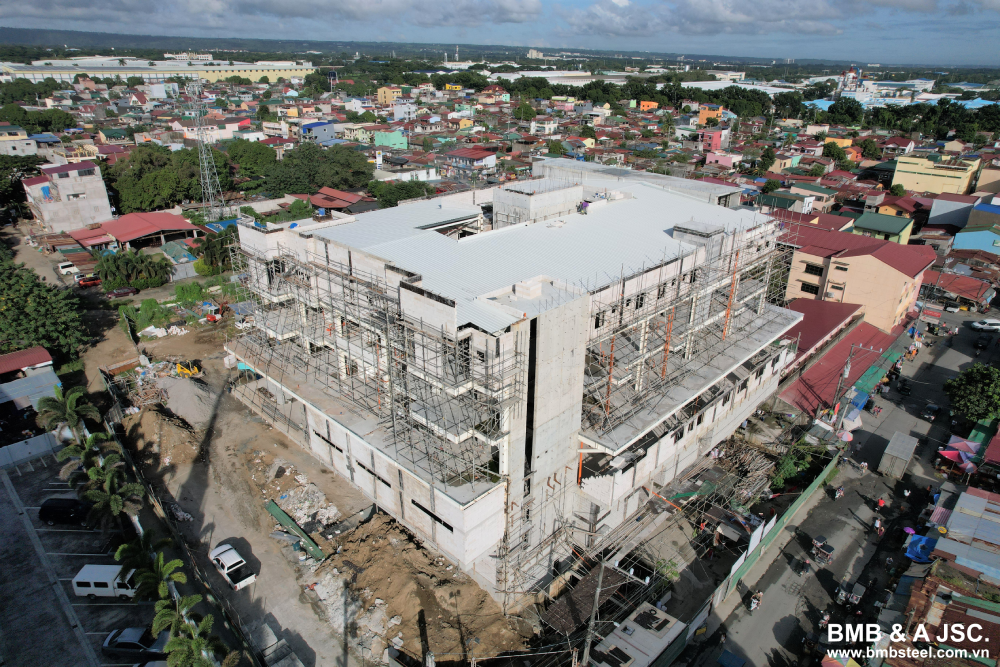
2. Sustainability certifications that are relevant for steel structures
There are several sustainability certifications that are relevant for steel structures. Some of the most widely recognized certifications include:
2.1 Leadership in Energy and Environmental Design (LEED)
LEED is a certification program developed by the U.S. Green Building Council (USGBC) that recognizes buildings and communities that are designed, constructed, maintained, and operated with a focus on sustainability. The program provides a framework for building owners and operators to implement green building practices and strategies.
LEED certification is based on a point system, with buildings earning points in various categories such as Energy and Atmosphere, Materials and Resources, Indoor Environmental Quality, Sustainable Sites, and Water Efficiency. The number of points earned determines the level of certification a building can achieve: Certified, Silver, Gold, or Platinum.
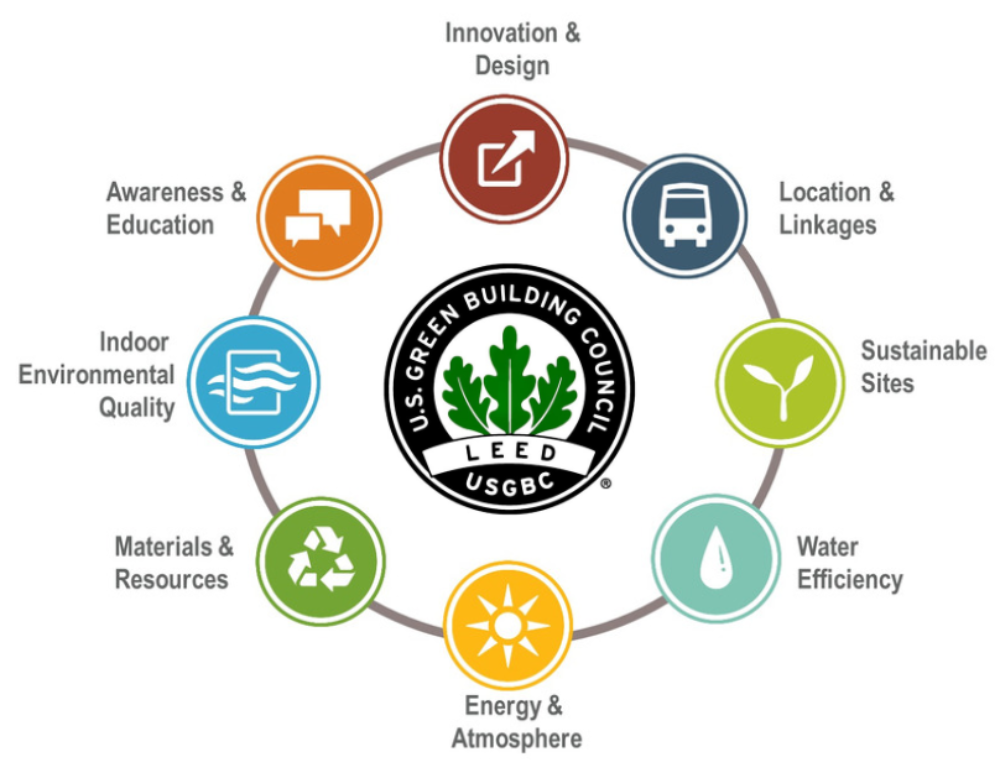
2.2 Building Research Establishment Environmental Assessment Method (BREEAM)
BREEAM (Building Research Establishment Environmental Assessment Method) is a sustainability assessment method for buildings that was developed by the Building Research Establishment (BRE) in the UK. BREEAM is widely used in Europe and other parts of the world as a tool for assessing the environmental performance of buildings.
BREEAM certification is based on a point system, with buildings earning points in various categories such as Energy, Health and well-being, Land Use and Ecology, Materials, Management, Pollution, Transport, and Water. The number of points earned determines the level of certification a building can achieve: Pass, Good, Very Good, Excellent, or Outstanding.
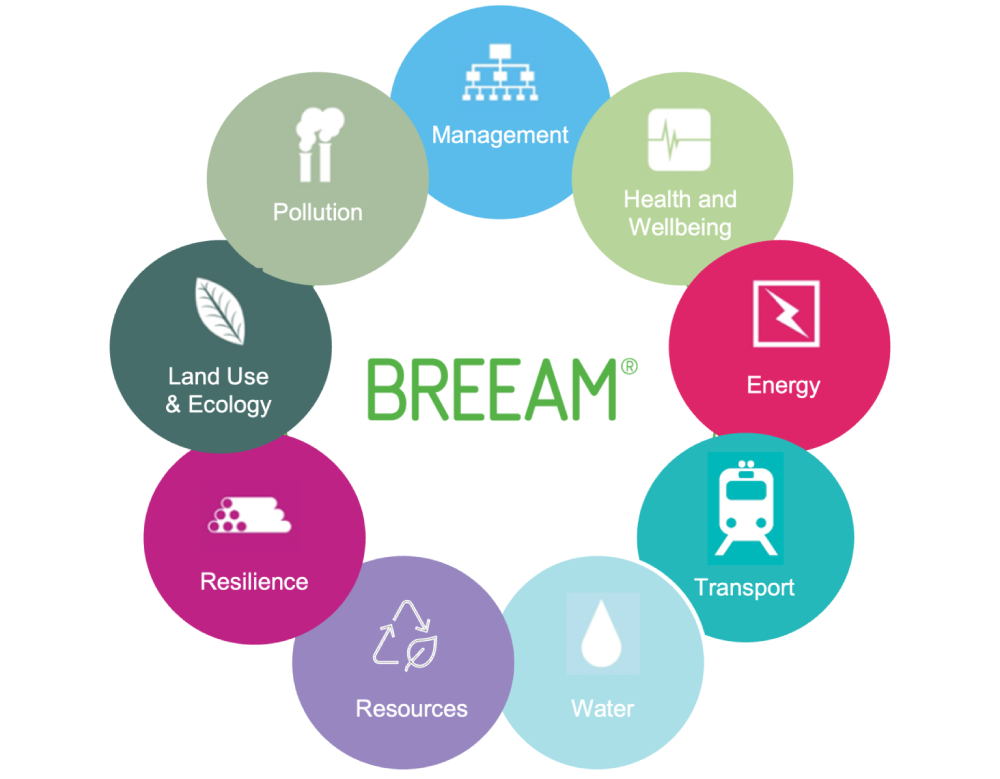
2.3 Green Star
Green Star is a sustainability rating system developed by the Green Building Council of Australia (GBCA) that is used to assess the environmental performance of buildings and communities in Australia and New Zealand. The system rates buildings and communities based on a range of environmental factors, including Energy Efficiency, Water conservation, Indoor air quality, and The use of environmentally friendly materials.
Green Star certification is based on a point system, with buildings and communities earning points in various categories such as Energy, Water, Materials, Indoor Environment Quality, Innovation, and Environmental Management. The number of points earned determines the level of certification a building or community can achieve: 4 Star, 5 Star, or 6 Star.

2.4 Living Building Challenge
The Living Building Challenge (LBC) is a certification program that was developed by the International Living Future Institute (ILFI) to promote the development of regenerative buildings and communities. The program is based on a philosophy of creating buildings and communities that are not just sustainable, but that actively contribute to the health and wellbeing of their occupants and the natural environment.
The Living Building Challenge certification is based on seven performance areas, or "petals": Place, Water, Energy, Health and Happiness, Materials, Equity, and Beauty. To achieve certification, a building or community must meet a set of rigorous performance standards in each of these areas, including requirements for net zero energy and water use, the use of non-toxic and locally sourced materials, and the creation of spaces that promote health and well-being.
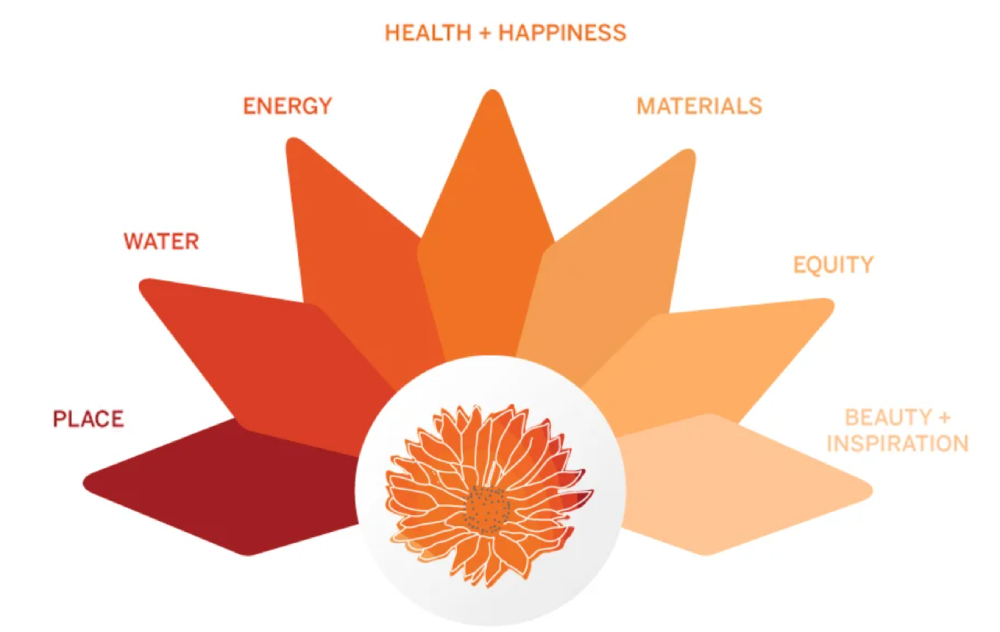
Above is information regarding sustainable certifications that are relevant for steel structures. Hopefully, this article has provided you with useful information. Visit BMB Steel’s website to read more about pre-engineered steel buildings and steel structures. You can also contact us for design consulting and steel production services.










